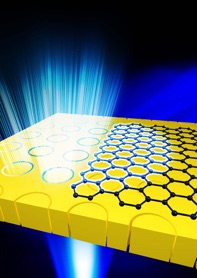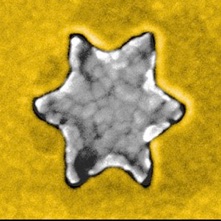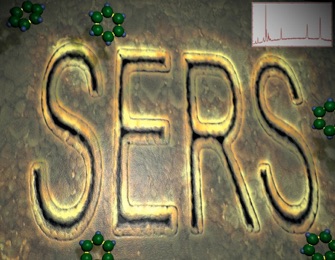
Laboratory of
Nanostructures and Biosensing


We work at the interface between nanotechnology and biomedical research to develop new tools and techniques. In particular, our research focuses on the design, fabrication, and characterization of optical nanostructures and their applications in biosensing, super-resolution spectroscopy, and ultra-strong light-matter interactions.
Skills You Will Acquire in Our Laboratory:
Our research utilizes state-of-the-art nanofabrication and characterization techniques to engineer optical nanostructures. Our group members routinely use focused ion beam (FIB) lithography, nano-imprint lithography, colloidal self-assembly, template-stripping nanofabrication, e-beam lithography, SEM and TEM imaging, confocal Raman imaging, surface plasmon resonance (SPR), microfluidics, lipid membrane biochemistry, electrochemical sensing, and infrared (IR) spectroscopy. Using these techniques, we conduct interdisciplinary research in the following areas:
Applications of Template-stripped Ultra-smooth Metals
In collaboration with Prof. David Norris’s group (ETH Zurich), we have developed template-stripping techniques for reproducible high-throughput fabrication of ultrasmooth patterned metals for plasmonics. Template stripping is routinely used by our group members to produce metallic nanohole arrays for biosensing and ultra-sharp metallic tips for near-field optical microscopy. We will continue our efforts to develop a variety of optical nanostructures with atomically flat surfaces and low optical losses. Recently we have demonstrated roller template stripping, which can potentially enable high-throughput roll-based manufacturing of ultra-smooth patterned metals.
Plasmonic Nanostructures for Biosensing
We have been developing nanopore-based surface plasmon resonance (SPR) biosensors to quantify receptor-ligand binding kinetics with high throughput and high resolution toward systems biology and new drug discovery.
Surface Enhanced Raman Spectroscopy (SERS)
We are developing new substrates and techniques for SERS biosensing, in collaboration with Prof. Christy Haynes’s group in Chemistry.
Atomic Layer Lithography
We have demonstrated a new high-throughput patterning method, atomic layer lithography, to create ultra-long sub-nanometer-wide gaps in metals at the wafer scale. This technique will allow us to perform many new and exciting experiments at the nanoscale for applications in sensing, spectroscopy, as well as fundamental physical studies at sub-nanometre scale.
Pyramidal Probes for Tip-enhanced Raman Spectroscopy (TERS)
In collaboration with Prof. Lukas Novotny’s group (ETH Zurich), we have produced template-stripped pyramidal probes for near-field fluorescence microscopy and tip-enhanced Raman spectroscopy. We will utilize these probes to investigate biomolecules and two-dimensional materials.




